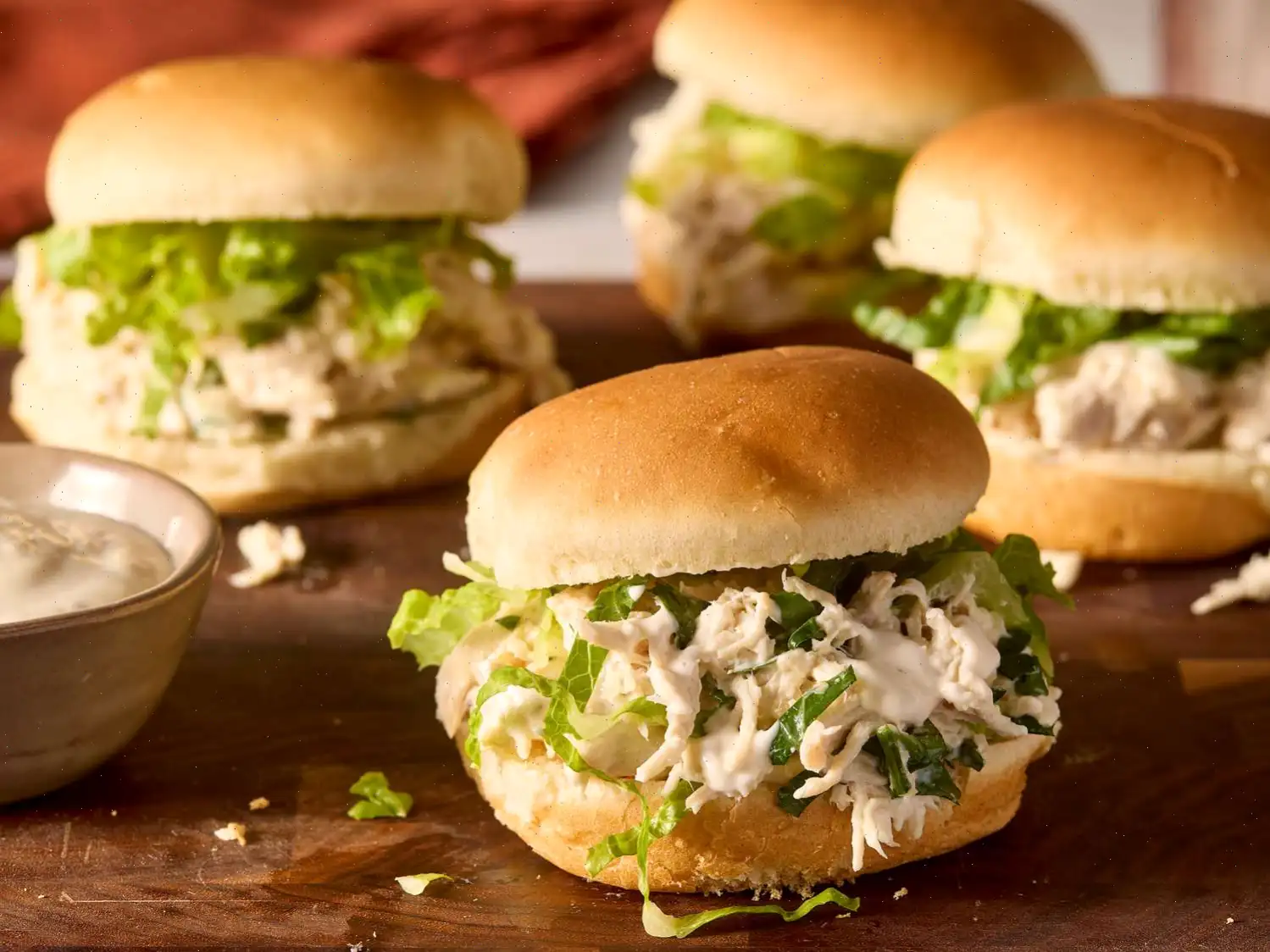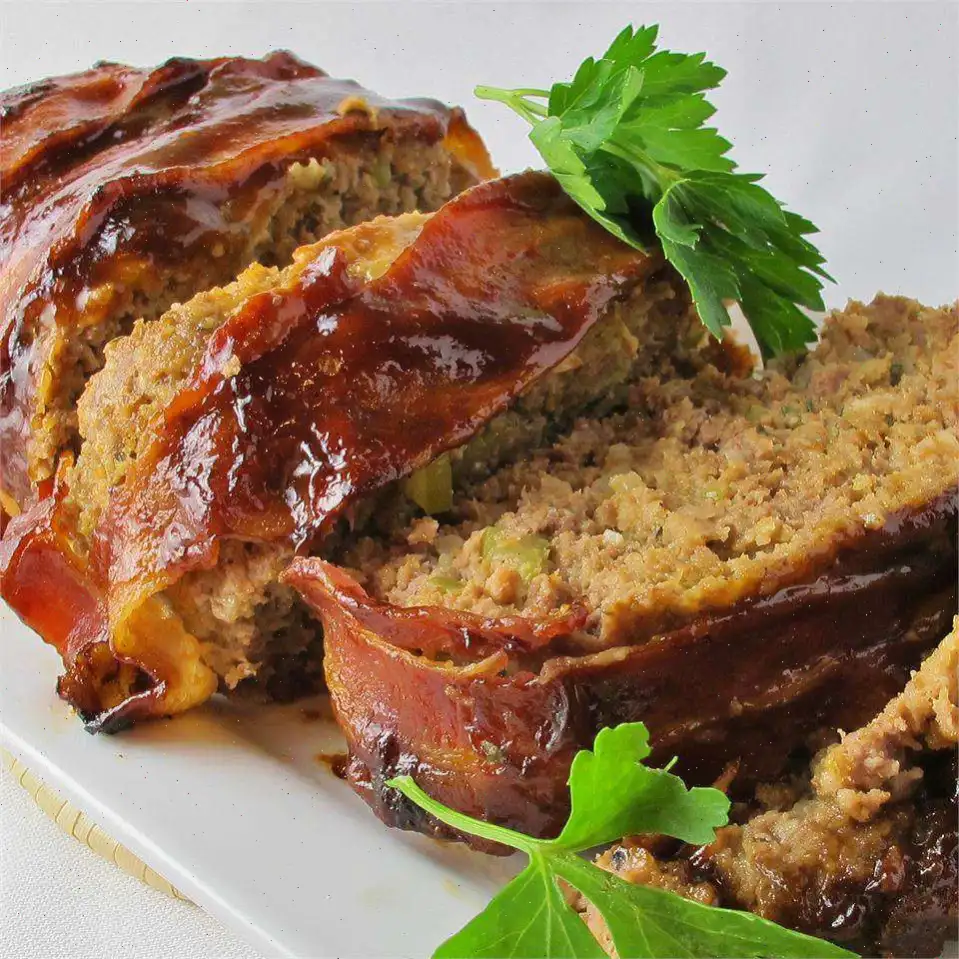
Turkey Sub Recipe
This classic turkey and Swiss sub sandwich is the perfect combination of fresh ingredients and hearty flavors. A quick, easy, and satisfying meal that will hit the spot any time of the day.
Ingredients
- 1 (7-inch) sub roll
- 2 tablespoons mayonnaise
- 1 tablespoon Dijon mustard
- 3 thin slices deli turkey
- 1 slice Swiss cheese
- 1/2 cup roughly-shredded lettuce (such as Romaine or iceberg)
- 2 thin slices tomato, cut into chunks
- 1/3 cup banana peppers, drained
- 1/4 cup thinly sliced red onion
- Light sprinkle of dried oregano
- Salt and freshly ground black pepper, to taste
Directions
- Slice the sub roll in half lengthwise, creating a top and bottom half.
- In a small bowl, combine the mayonnaise and Dijon mustard. Stir until the mixture is smooth and well combined.
- Spread the mayo-mustard mixture evenly on both sides of the sub roll.
- Layer the turkey slices on the bottom half of the roll, followed by the Swiss cheese.
- Top the cheese and turkey with the shredded lettuce, chunks of tomato, banana peppers, and red onion slices.
- Lightly sprinkle the sandwich with dried oregano. Season with salt and freshly ground black pepper to taste.
- Place the top half of the roll over the filled sandwich and press down gently.
- Serve immediately and enjoy your delicious turkey and Swiss sub!
Nutrition Facts
| Nutrition | Per Serving |
|---|---|
| Calories | 1109 |
| Total Fat | 38g (49% DV) |
| Saturated Fat | 10g (49% DV) |
| Cholesterol | 72mg (24% DV) |
| Sodium | 3200mg (139% DV) |
| Total Carbohydrate | 147g (54% DV) |
| Dietary Fiber | 10g (36% DV) |
| Total Sugars | 19g |
| Protein | 46g (92% DV) |
| Vitamin C | 50mg (55% DV) |
| Calcium | 455mg (35% DV) |
| Iron | 13mg (71% DV) |
| Potassium | 937mg (20% DV) |
* Percent Daily Values are based on a 2,000-calorie diet. Your daily values may be higher or lower depending on your calorie needs.
The Story Behind the Turkey Sub
The turkey sub, a staple of American delis, traces its origins to the mid-20th century when sandwich culture began flourishing across the United States. Inspired by Italian hoagies and submarine sandwiches brought by immigrants, the turkey sub adapted the concept of layering meats, cheeses, and vegetables inside a long roll to suit the American palate. Turkey, a lean and widely available meat, quickly became a popular choice for a lighter alternative to traditional ham or salami subs.
Regional Characteristics
While the turkey sub is enjoyed nationwide, regional variations highlight local flavors. In the Northeast, it often features crisp iceberg lettuce, tomato, and pickled peppers, reflecting the influence of Italian-American delis. In the South, you might find additions like pimento cheese or spicy mustard, while West Coast versions sometimes include avocado or sprouts for a fresher, modern twist. The choice of bread also varies: classic New York subs use a soft, slightly chewy roll, while other regions may prefer a crustier French-style baguette.
Differences From Similar Dishes
The turkey sub differs from other deli sandwiches primarily in its use of sliced turkey as the main protein. Unlike a traditional club sandwich, which layers multiple types of meat and often includes bacon, the turkey sub emphasizes simplicity and balance. Compared to a turkey panini or grilled sandwich, the sub is served cold and relies on fresh vegetables and condiments for flavor, making it more versatile as a lunch option.
Where Youll Usually Find It
Turkey subs are a common menu item at delis, sandwich shops, and casual eateries across the United States. They are also popular in school cafeterias, office lunchrooms, and convenience stores. Many restaurants serve them alongside soups or salads, highlighting their role as a satisfying yet not overly heavy meal. The portability of the sub makes it ideal for takeout and picnics.
Interesting Facts
The turkey sub has some fun trivia associated with it. For instance, it became particularly popular in the 1970s during the rise of health-conscious eating in America, as turkey was considered a low-fat alternative to other deli meats. Another interesting fact is that banana peppers, often added to turkey subs, are a nod to Mediterranean flavors and provide a subtle tang without overpowering the other ingredients. Finally, while turkey subs are simple in appearance, careful layering and seasoningsuch as the light sprinkle of oreganocan elevate them to gourmet status, proving that even a humble sandwich can be an art form.








